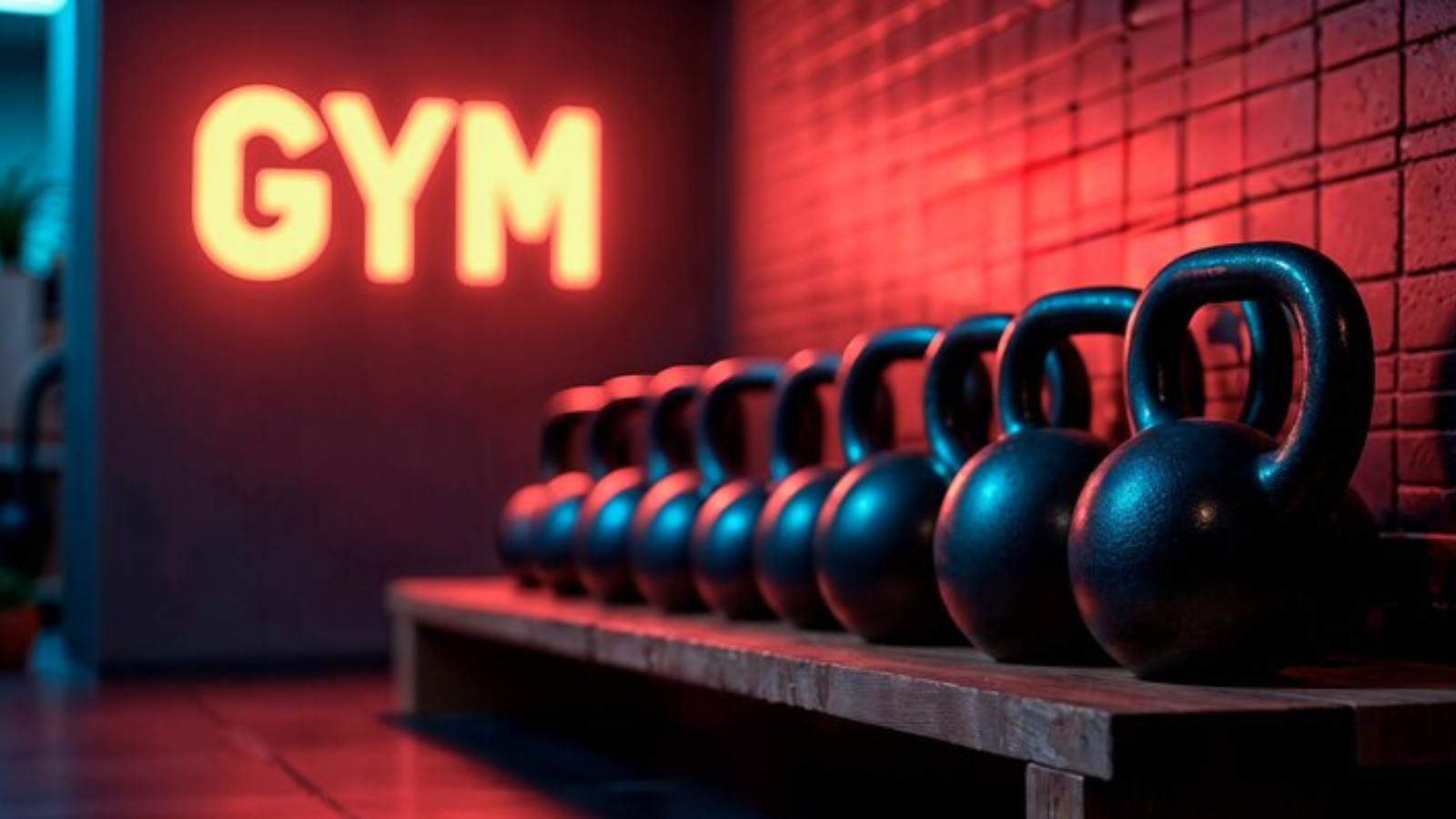Gym Safety 101: How to Prevent Serious Injuries While Working Out

The tragic death of 17-year-old national powerlifter Yashtika Acharya in Rajasthan has once again highlighted the importance of gym safety. She lost her life after a 270-kg weight fell on her neck during training. This incident underscores the risks of improper form, overexertion, and lack of supervision in gyms.
While fitness centers are meant for health and strength-building, they can also pose serious risks if safety measures are ignored. From minor sprains to life-threatening injuries, gym mishaps are common. Here’s how you can stay safe and make your workouts injury-free.
1. Warm Up Before Exercising
A proper warm-up prepares your muscles, improves blood circulation, and reduces injury risk. Spending just 5-10 minutes on light cardio or dynamic stretches before a workout can make a significant difference.
2. Maintain Correct Form
Poor posture or incorrect technique can strain muscles and joints, increasing injury risk. Always focus on proper form, even if it means lifting lighter weights. If unsure, seek guidance from a professional trainer.
3. Gradual Weight Progression
Jumping straight into heavy lifting is dangerous. If you plan to lift 80 kg, start with warm-up sets at 20 kg, 40 kg, and 60 kg. Gradual progression helps muscles adapt and prevents strain.
4. Avoid Ego Lifting
Lifting beyond your capacity to impress others can lead to severe injuries. Train smart, not just heavy. Prioritize technique over weight and listen to your body’s limits.
5. Balance Push and Pull Movements
While pushing limits is key to progress, knowing when to scale back is equally important. Overtraining without proper recovery can lead to fatigue and injury. Find the right balance between effort and rest.
6. Listen to Your Body
Pain, excessive fatigue, or discomfort are signals that your body needs rest. Ignoring them can lead to long-term injuries. Rest when necessary and modify workouts accordingly.
7. Use a Spotter for Heavy Lifts
Lifting heavy weights without support is risky. Always have a knowledgeable spotter or trainer to assist, ensuring correct form and immediate help if needed.
8. Wear Proper Footwear
Shoes with good grip and support improve stability and prevent slips. The right footwear is crucial for exercises like squats and deadlifts, especially for those with flat feet or high arches.
9. Check Gym Equipment
Before using machines or weights, ensure they are in good condition. Loose benches, unstable racks, or worn-out resistance bands can cause serious injuries. Report any faulty equipment to the gym management.
10. Take Rest Days
Rest is essential for muscle recovery and growth. Overtraining can lead to fatigue, reduced performance, and injuries. Schedule rest days to allow your body to heal.
Are Gyms in India Safe?
Many gyms in India compromise safety by hiring untrained professionals. Trainers should be certified and capable of guiding members properly. Additionally, equipment maintenance is often overlooked. Regular inspections and repairs are essential to ensure gym-goers' safety.Staying fit should not come at the cost of safety. By following these precautions, you can enjoy a healthier and safer workout experience. Stay aware, train smart, and prioritize your well-being.
Next Story